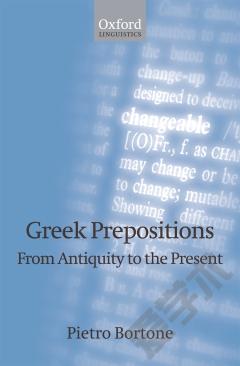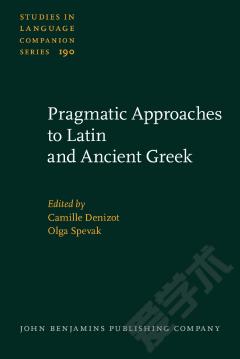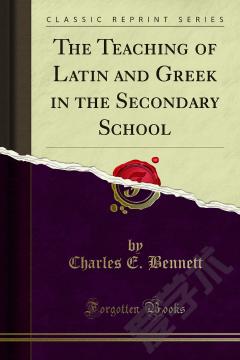Learning Latin and Greek from Antiquity to the Present
This volume provides a unique overview of the broad historical, geographical and social range of Latin and Greek as second languages. It elucidates the techniques of Latin and Greek instruction across time and place, and the contrasting socio-political circumstances that contributed to and resulted from this remarkably enduring field of study. Providing a counterweight to previous studies that have focused only on the experience of elite learners, the chapters explore dialogues between center and periphery, between pedagogical conservatism and societal change, between government and the governed. In addition, a number of chapters address the experience of female learners, who have often been excluded from or marginalized by earlier scholarship.
{{comment.content}}








 京公网安备 11010802027623号
京公网安备 11010802027623号